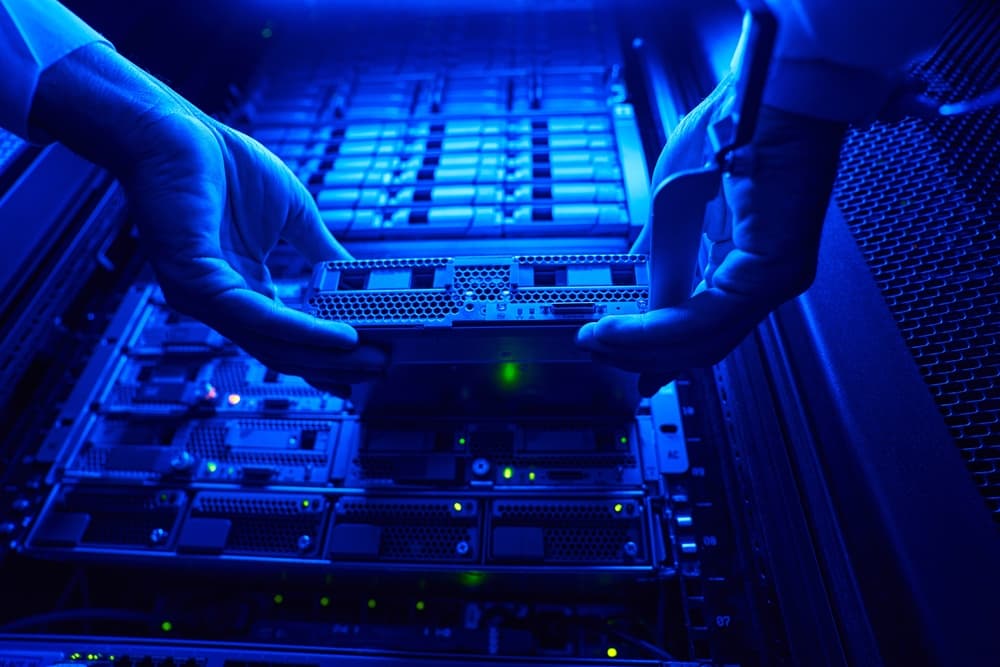Small Business Owner? How to Choose Tech Support – On Time Tech
Small Business Owner? How to Choose Tech Support
5 min read
Michele Ringelberg : Jul 12, 2023 8:00:46 AM
The digital landscape is changing quickly. Small to medium-sized businesses (SMBs) face an increasing number of cyber threats. Safeguarding data and maintaining a robust cybersecurity posture has become a critical priority. As remote work and telecommuting become more prevalent, the need for effective cybersecurity practices becomes even more pronounced.
Cybersecurity best practices are foundational to building and maintaining a strong defense against the ever-evolving threats in the digital world. These practices encompass a range of strategies, including regular software updates, the use of secure passwords and multi-factor authentication, employee training on security awareness, and the adoption of advanced security technologies. By prioritizing these best practices, SMBs can significantly enhance their cybersecurity posture, ensuring their operations remain resilient in the face of increasing cyber risks.
This guide provides essential tips to enhance data protection and fortify cybersecurity defenses during remote work and telecommuting. It also highlights the valuable role that managed IT providers play in ensuring comprehensive security solutions. Explore the realm of cybersecurity. Acquire essential knowledge. Equip yourself with the tools necessary to safeguard your data.
Imagine the horror of losing all your precious data to a cyberattack, hardware failure, or natural disaster. Such an event can be a chilling reminder of our vulnerability in the digital age. However, adhering to cybersecurity best practices, including regular data backups, can serve as a robust safety net. These practices ensure that you can swiftly recover lost information, minimizing any potential downtime and safeguarding your business from the devastating consequences of data loss. Implementing a reliable backup strategy is not just about recovery; it's a critical component of comprehensive cybersecurity best practices, offering protection that keeps your data secure against all odds.
To establish an effective backup strategy, consider the following tips:
In the battle against cyber threats, adhering to cybersecurity best practices is crucial. At the forefront of these practices are strong passwords and robust authentication mechanisms. Hackers often target accounts that are safeguarded by weak or easily guessable passwords, making it imperative to bolster your defenses. By incorporating strong passwords and implementing two-factor authentication (2FA), you can significantly enhance the security of your online accounts and sensitive data. These measures are not just recommendations; they are essential components of cybersecurity best practices that can help protect your data from unauthorized access. Embracing these practices ensures that your digital presence is fortified against the ever-evolving landscape of cyber threats.
Here are some tips to strengthen your passwords and authentication:
Regularly updating your software, applications, and operating systems is vital for maintaining strong cybersecurity defenses. Updates often include critical security patches that address known vulnerabilities, making it harder for cybercriminals to exploit weaknesses in your systems.
To implement effective update and patch management, follow these guidelines:
A strong and secure network infrastructure is essential for protecting your remote work environment from unauthorized access and potential breaches. To protect your digital space, use network segmentation, strong firewalls and intrusion prevention systems, and do security checks often. This creates many layers of defense.
Consider the following practices to secure your network infrastructure:
Data encryption is a powerful technique that adds an extra layer of protection to your sensitive information. Encrypting your data keeps it safe from unauthorized access by making it unreadable without the decryption key.
Here are some encryption practices to implement:
Despite your best efforts, security incidents may still occur. That's why having a well-defined incident response and disaster recovery plan is crucial. To reduce damage from incidents and recover quickly, assign roles, test regularly, simulate situations, and make sure backups work well.
Consider the following steps when developing your incident response and disaster recovery plan:
Small and medium-sized businesses should prioritize safeguarding their data and ensuring online security. This is particularly important now that more people are working from home. By implementing the best practices discussed in this guide, you can fortify your defenses and protect your valuable data.
Remember, there are crucial components of a comprehensive cybersecurity strategy. This includes: regular data backups, strong passwords, and authentication, update and patch management, employee education and awareness, secure network infrastructure, and robust remote access controls. To keep your remote work safe, add these practices to your policies. This will help prevent cyber attacks and keep your work environment secure.
In conclusion, remote work and telecommuting offer tremendous flexibility and efficiency, but they also introduce new challenges and risks. By following these best practices and continuously enhancing your cybersecurity measures, you can create a resilient remote work environment where your data remains secure, and your business thrives.


Small Business Owner? How to Choose Tech Support

Safeguard Your Business with Data Recovery and Backup Solutions When was the last time you tested your backups? At On Time Tech, we help you stay...
So, you want to know the truth…

On Time Tech is an IT Support and Computer Services company serving California. We provide services to the areas in and around We know businesses like yours need technology support in order to run highly-effective organizations. Leverage pro-growth technology services for your company now.
© 2025 On Time Tech